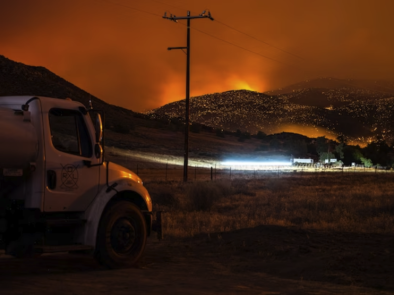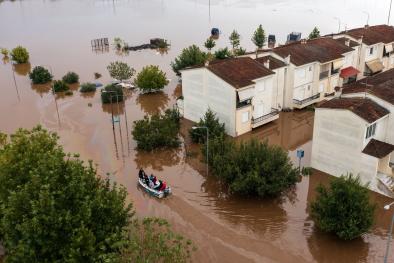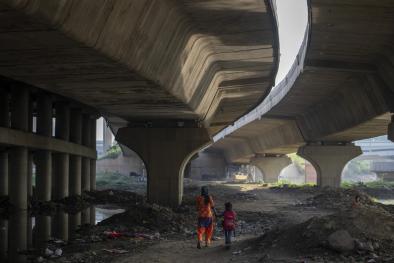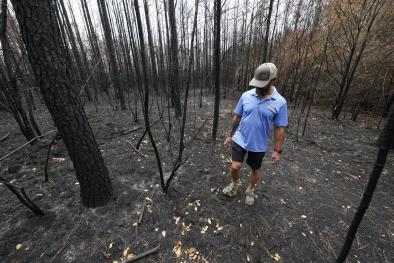Science Source
Satellite-based assessment of climate controls on US burned area
- Conducts the first national assessment of climate controls on US fire activity using two satellite-based estimates of monthly burned area (BA), the Global Fire Emissions Database (GFED, 1997–2010) and Monitoring Trends in Burn Severity (MTBS, 1984–2009) BA products
- Analyzes the relationships between monthly BA and potential evaporation (PE) derived from reanalysis climate data at 0.5° resolution for each US National Climate Assessment (NCA) region
- Finds that US fire activity increased over the past 25 yr, with statistically significant increases in MTBS BA for entire US and the Southeast and Southwest NCA regions
- Finds that monthly PE was strongly correlated with US fire activity, yet the climate driver of PE varied regionally
- Finds that fire season temperature and shortwave 15 radiation were the primary controls on PE and fire activity in the Alaska, while water deficit (precipitation – PE) was strongly correlated with fire activity in the Plains regions and Northwest US
- Finds that BA and precipitation anomalies were negatively correlated in all regions, although fuel-limited ecosystems in the Southern Plains and Southwest exhibited positive correlations with longer lead times (6–12 months)
- Finds that fire season PE increased from the 1980s–2000s, enhancing climate-driven fire risk in the southern and western US where PE-BA correlations were strongest
- Finds that spatial and temporal patterns of increasing fire season PE and BA during the 1990s–2000s highlight the potential sensitivity of US fire activity to climate change in coming decades
- Finds, however, that climate- fire relationships at the national scale are complex, based on the diversity of fire types, ecosystems, and ignition sources within each NCA region
- Concludes that changes in the seasonality or magnitude of climate anomalies are therefore unlikely to result in uniform changes in US fire activity
Related Content
Headline

Nov 17, 2023 | Climate Nexus Hot News
Utility Responsible For Wildfire, CA Report Says
Headline

Oct 26, 2023 | Climate Nexus Hot News
The Planet is ‘Under Siege,’ Scientists Say
Headline

Oct 11, 2023 | Climate Nexus Hot News
Climate Change Forcing Children to Move
Headline

Sep 20, 2023 | AP
In a state used to hurricanes and flooding, Louisiana is battling an unprecedented wildfire season


